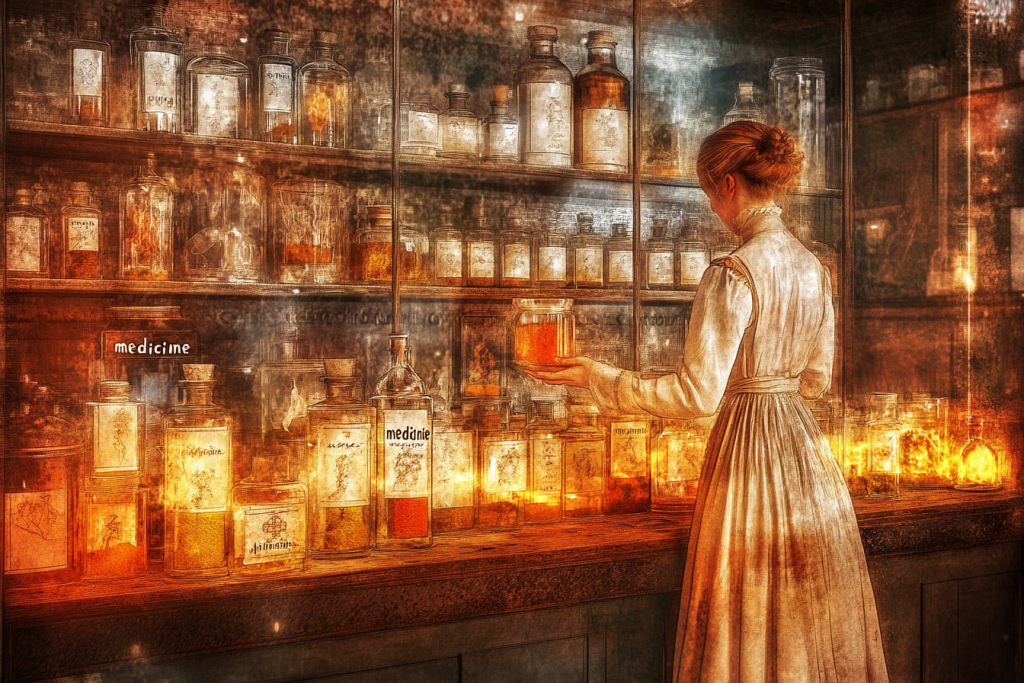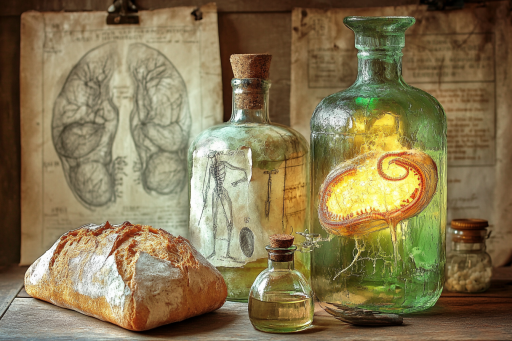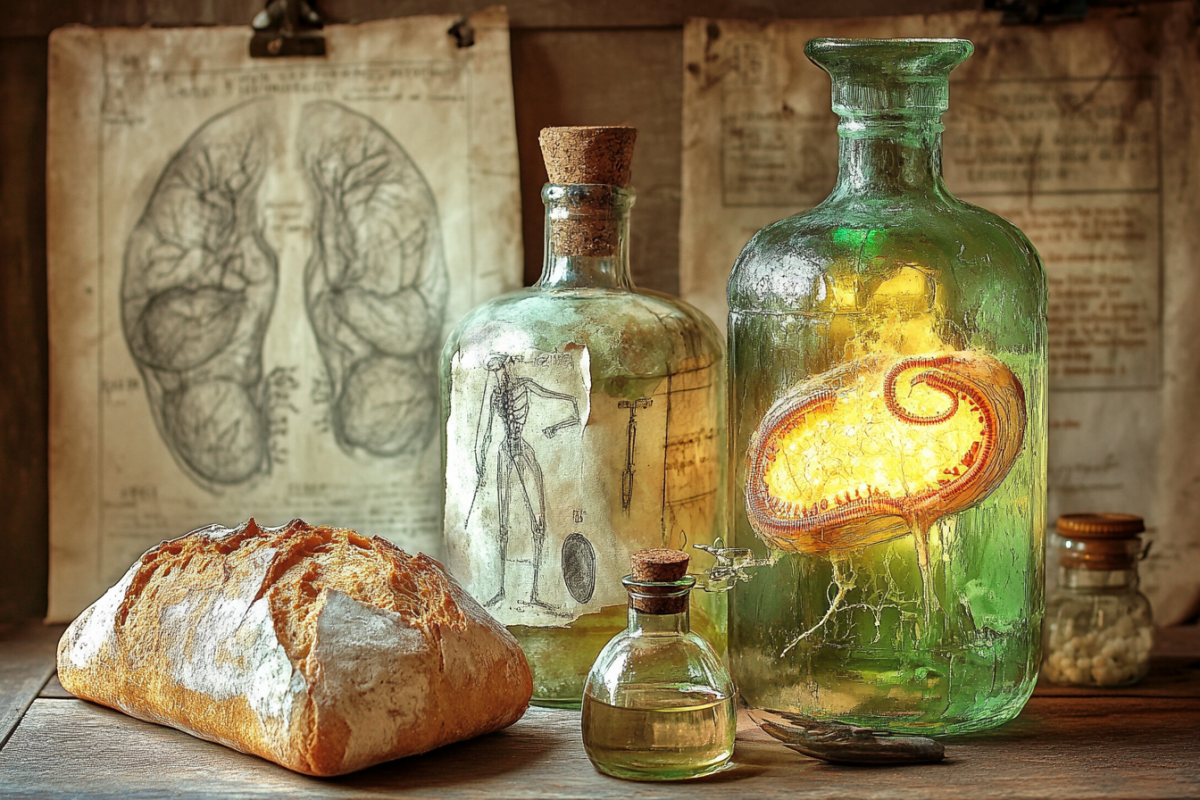
Medical history is filled with bizarre and sometimes horrifying treatments, but surprisingly, some of the strangest cures actually had real benefits. From using moldy bread as an early antibiotic to drilling holes in skulls to relieve pressure, ancient and medieval doctors experimented in ways that often defied logic. While modern medicine has replaced these unusual methods, their effectiveness leaves us questioning just how much our ancestors truly understood about healing. Some of these remedies may seem shocking, but science suggests they weren’t just superstition—they worked.
Bloodletting: Draining Sickness Away

For centuries, doctors believed that illnesses were caused by an imbalance of the body’s four humors, and the solution was to drain “excess” blood. Using leeches or sharp instruments, patients were bled to treat everything from fevers to headaches. While excessive bloodletting was dangerous, modern medicine has found that controlled therapeutic phlebotomy can actually help conditions like hemochromatosis and high iron levels. What was once medieval quackery has surprising medical value today.
Maggot Therapy: Flesh-Eating Healers

It sounds like a horror story, but doctors once treated wounds by placing live maggots on infected flesh. The larvae of certain flies only consume dead tissue, leaving healthy skin untouched, preventing gangrene and infection. Today, sterile maggot therapy is still used in modern medicine to help chronic wounds heal when antibiotics fail. What was once an unsettling battlefield treatment is now a scientifically approved medical technique.
Trepanation: Drilling Holes in the Skull

Ancient surgeons used sharpened stones to drill holes into skulls, believing it could release evil spirits or cure migraines and seizures. Skeletal remains show that many people survived these procedures, as bone regrowth is evident. Today, a modern version of trepanation—craniotomy—is used in neurosurgery to relieve pressure and treat brain trauma. The practice may seem gruesome, but it was an early step toward understanding brain surgery.
Moldy Bread: Nature’s First Antibiotic

Before antibiotics, ancient Egyptians and Greeks used moldy bread to treat wounds, unknowingly harnessing the power of penicillin-producing fungi. The practice was surprisingly effective in preventing infections. When Alexander Fleming discovered penicillin in 1928, it confirmed what healers had known for centuries—mold could fight disease. This accidental remedy laid the foundation for the modern antibiotic revolution.
Crocodile Dung: A Fertility Treatment

In ancient Egypt, women seeking to avoid pregnancy used a peculiar form of birth control—crocodile dung mixed with honey, inserted as a pessary. While it sounds bizarre, the acidic nature of the mixture may have actually worked as a mild spermicide. Thankfully, modern contraceptives are far more effective, but this strange remedy hints at early attempts at reproductive science.
Snake Venom: A Deadly Painkiller

Venom from certain snakes has been used in traditional medicine for pain relief, and modern research has confirmed its potential. Compounds in snake venom can block nerve signals, reducing chronic pain more effectively than morphine in some cases. Today, synthetic versions of these venom proteins are used in drugs to treat everything from arthritis to heart disease. What was once seen as a dangerous poison is now being harnessed for healing.
Urine Therapy: The Golden Elixir

Ancient cultures from India to Rome believed in the healing power of urine, using it to clean wounds and even drinking it as a health tonic. While drinking urine has no real benefits, its antiseptic properties helped disinfect cuts before modern medicine. Today, urea—one of urine’s main components—is used in skincare and dermatology treatments. The idea of urine as medicine isn’t entirely without merit.
Corpse Medicine: Drinking Mummies for Health

During the Renaissance, European physicians believed consuming powdered mummies could cure ailments like epilepsy and internal bleeding. Mummy dust, known as “mumia,” was sold as a powerful medicine. While consuming human remains is now considered horrifying, the idea of using organic compounds for healing persists in modern pharmaceuticals. Though misguided, this practice stemmed from a belief in the body’s natural ability to heal itself.
Foxglove: A Poison That Saves Lives

The foxglove plant, once used in folk medicine for heart issues, contains digitalis—a compound still used in heart medications today. While too much can be deadly, in controlled doses, it strengthens heart contractions and regulates rhythm. Modern cardiology owes a surprising debt to this seemingly toxic plant, proving that some poisons are just misunderstood medicine.
Herbal Hallucinogens: Ancient Psychedelic Therapy

Shamans and healers in ancient cultures used psychedelic plants like peyote, ayahuasca, and psilocybin mushrooms to treat mental illnesses and spiritual ailments. Recent scientific studies now show that these substances may actually help with depression, PTSD, and addiction. What was once dismissed as primitive ritual is now at the cutting edge of psychiatric research.
Radium Water: A Glowing Cure-All

In the early 20th century, people drank radium-infused water, believing it had rejuvenating properties. While radiation exposure is now known to be deadly, low doses of radiation are still used in cancer treatments today. The craze for radium-laced tonics may have been dangerous, but the idea of radiation therapy for healing endures in modern medicine.
Toad Secretions: Nature’s Surprising Drugstore

Some ancient cultures believed licking toads could cure ailments or bring visions. While most toads are toxic, certain species produce compounds with real medicinal value. Today, scientists are studying toad venom for its potential in treating anxiety and heart disease. A folk remedy once thought to be pure superstition may hold genuine pharmaceutical promise.
Cannibal Cures: Eating Human Flesh for Healing

In medieval Europe, physicians prescribed “corpse medicine,” where human flesh, blood, and even ground-up bones were consumed to treat ailments like epilepsy, headaches, and internal bleeding. The idea was that consuming a healthy body would transfer its strength to the sick. Some believed the freshest blood—often from executed criminals—was the most potent. Though horrifying, this practice was widespread among the upper classes, proving that even the elite once embraced the macabre in the name of medicine.
Yesterday’s Madness, Today’s Medicine

What once seemed like desperate, bizarre experiments often turned out to be early steps in medical discovery. Many of these strange treatments paved the way for modern medicine, proving that even the most unusual ideas can have scientific merit. Perhaps the strangest part of medical history isn’t what our ancestors believed—but how much of it turned out to be true. If history teaches us anything, it’s that today’s medical miracles might just be tomorrow’s forgotten oddities.





